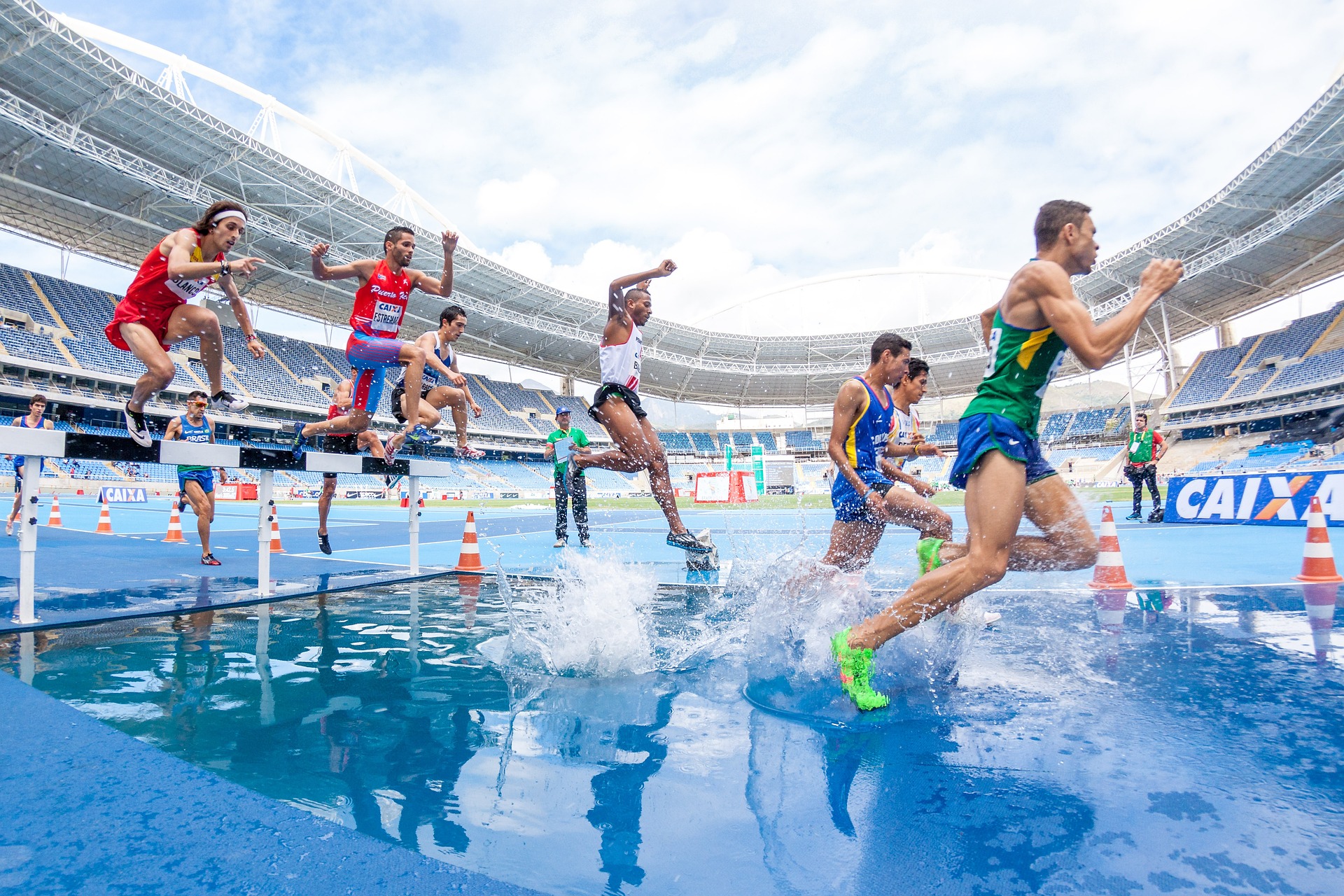Pioneering Decathlon: The Ultimate Test of Athletic Prowess
In the compelling world of athletics, where various sports have come into the limelight, one grueling discipline silently tests the endurance, versatility, and resilience of athletes like none other: the decathlon. A spectator-friendly spectacle with a 1500-year-old origin, this ancient discipline is booming with stories of Herculean characters, thrilling highs, and daring exploits.
Roots of Mastery: The Origin of Decathlon
In ancient times, Greece honored Zeus and the other gods through grueling athletic endeavors. The pentathlon—which comprises wrestling, long jump, javelin throw, discus throw, and a footrace, was among the popular events in ancient Olympics circa 700 BC. It morphed centuries later into what the world now recognizes as the decathlon, popularly brought into prominence by the modern Olympic Games in the early 20th century.
Submersed in Trials: Main Components of Decathlon
The decathlon embodies universal athletic prowess. Comprising ten events—100 meters sprint, long jump, shot put, high jump, 400 meters, 110 meters hurdles, discus throw, pole vault, javelin throw, and the 1500 meters run—it’s widely regarded as THE litmus test for holistic fitness. One of the unique aspects of the decathlon is the variety it brings. It doesn’t just test speed, strength, or agility but all these facets, indeed placing commendable pressure on athletes who fight not just against others but against themselves too.
Versatility as Virtue: Trends and Standout Modern Competitors
Through the years, trends within the sport have illustrated that the most successful decathletes aren’t always the best in single events. Instead, remarkably, it’s those who display unwavering consistency across disciplines prove triumphant, harnessing a blend of speed, strength, and smart strategy. Today, astoundingly versatile athletes like Kevin Mayer, Damian Warner and Ashleigh Moloney, continually both amaze spectators and redefine decathlon excellence standards.
Method of Survival: Training Routines and Strategies for the Modern Decathlete
Achieving this level of consistency is no do-it-yourself task. It requires meticulous training strategies, individual event mastery, coordinated motor skills, and -importantly- injury prevention. Also formidable mental toughness is certainly needed. Cross-training in such a discipline can be incredibly challenging, but the acclimatization that comes with experience often propagates balance and proactivity amidst the demanding decathlon landscape.
Why Decathlon Matters for Athletic Evolution
Grounded in vast foundations and precise backstories filled with human virtuosity, decathlon is much more than specialized craft. It is athleticism at its most robust - a sport concept that amalgamates elemental competitive sports elements coalesce into ten varying challenges honed and sharpened by hard grit and capacious will. No wonder it describes its winner the honor: “World’s Greatest Athlete.”
In recent times, combined events like the decathlon challenge the traditional paradigms of ‘specialized’ sports propaganda. It thus drives the conversation forward for sports recognition in demonstrating integrated athletic capacity, attaining broader and richer sporting landscapes, further aligning humanity with the spirit of holistic fitness interlaced with competitive brilliance. This manner of approach can only garner enduring respect for traditional athletic virtues and confirmed conviction for the all-encompassing thread of human fitness potential connecting us all.
Through capturing our athletic history while embracing the victories of now, the future of decathlon in sports airs in favor of continued refinement and exploration. Mastering decathlon certainly represents one of sport’s most determined endeavors and is indeed an enduring testament to human capability. For with each new individual that soldiers on its challenging life journey, they personify a spark that sets to glorify the roots and un-daunted fabric of athletic achievement. This remains the defining allure of engaging in the grandeurs within the realm of competitive decathlon as applause continues to support its believers and champions un-warping the reality embedded in attainable sporting aspiration. It looks poised for enduring relevance in conveying the future course and role the sports stage keeps drawing up, binding us in familiar cheer and an unfulfilled drawer of resilience borne out of it.





